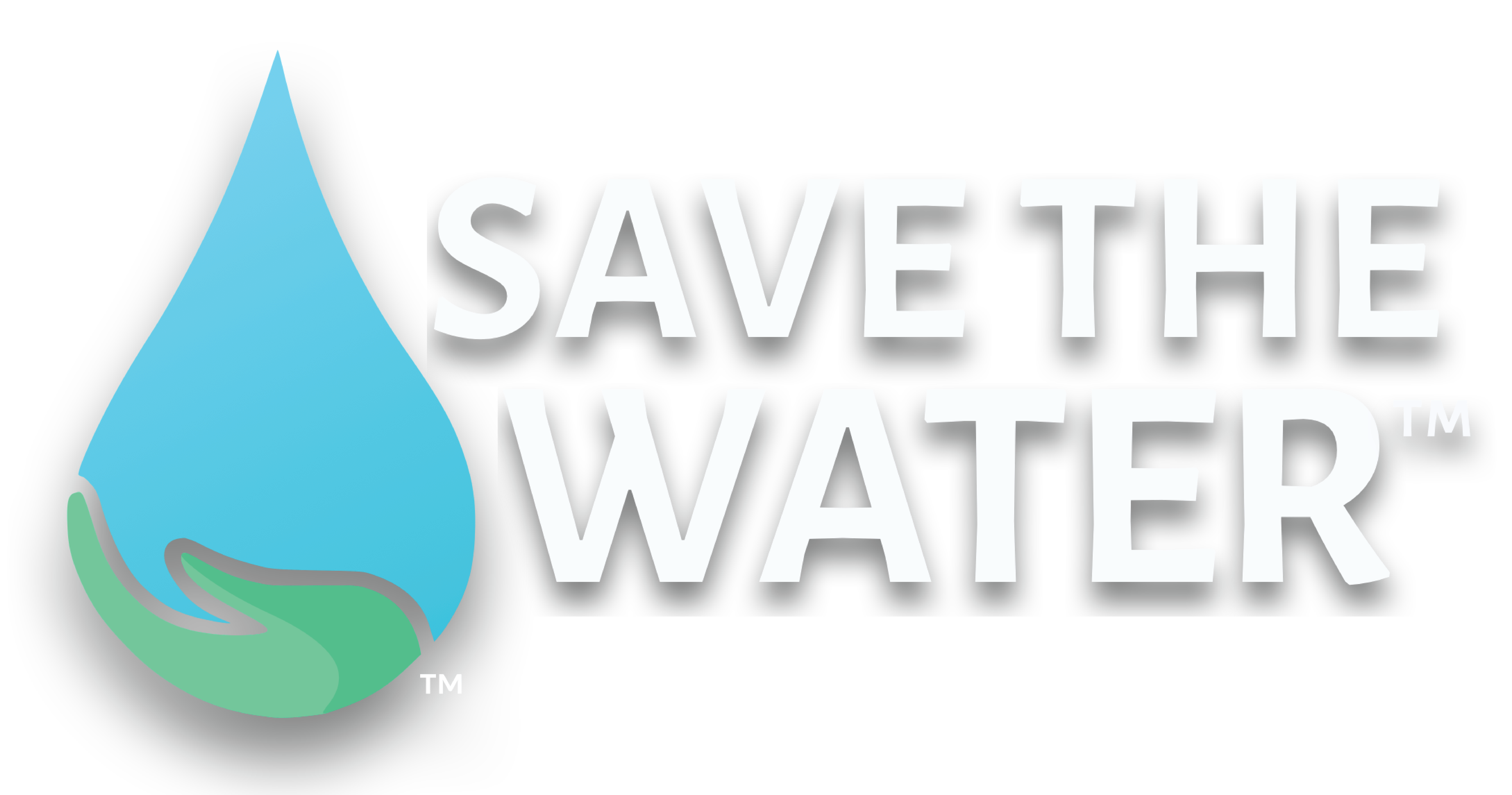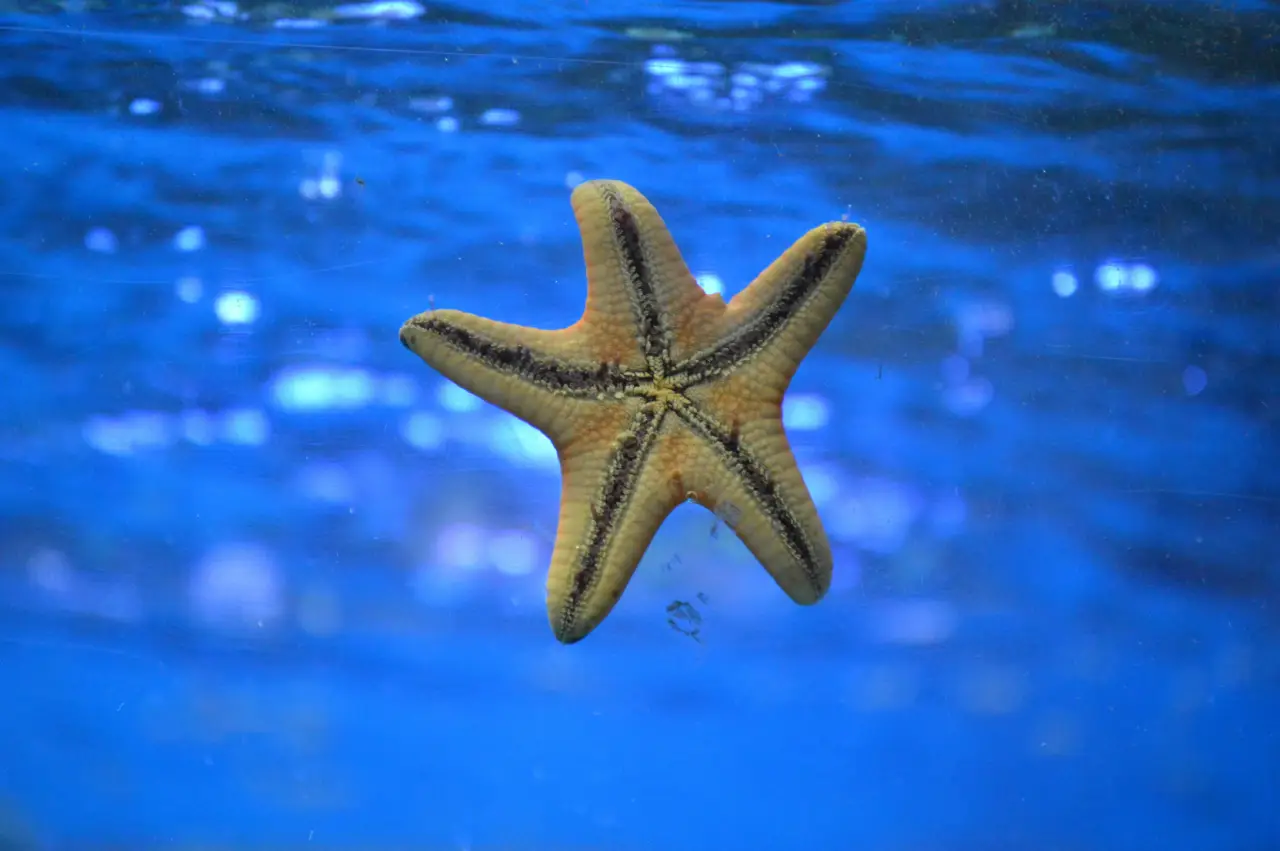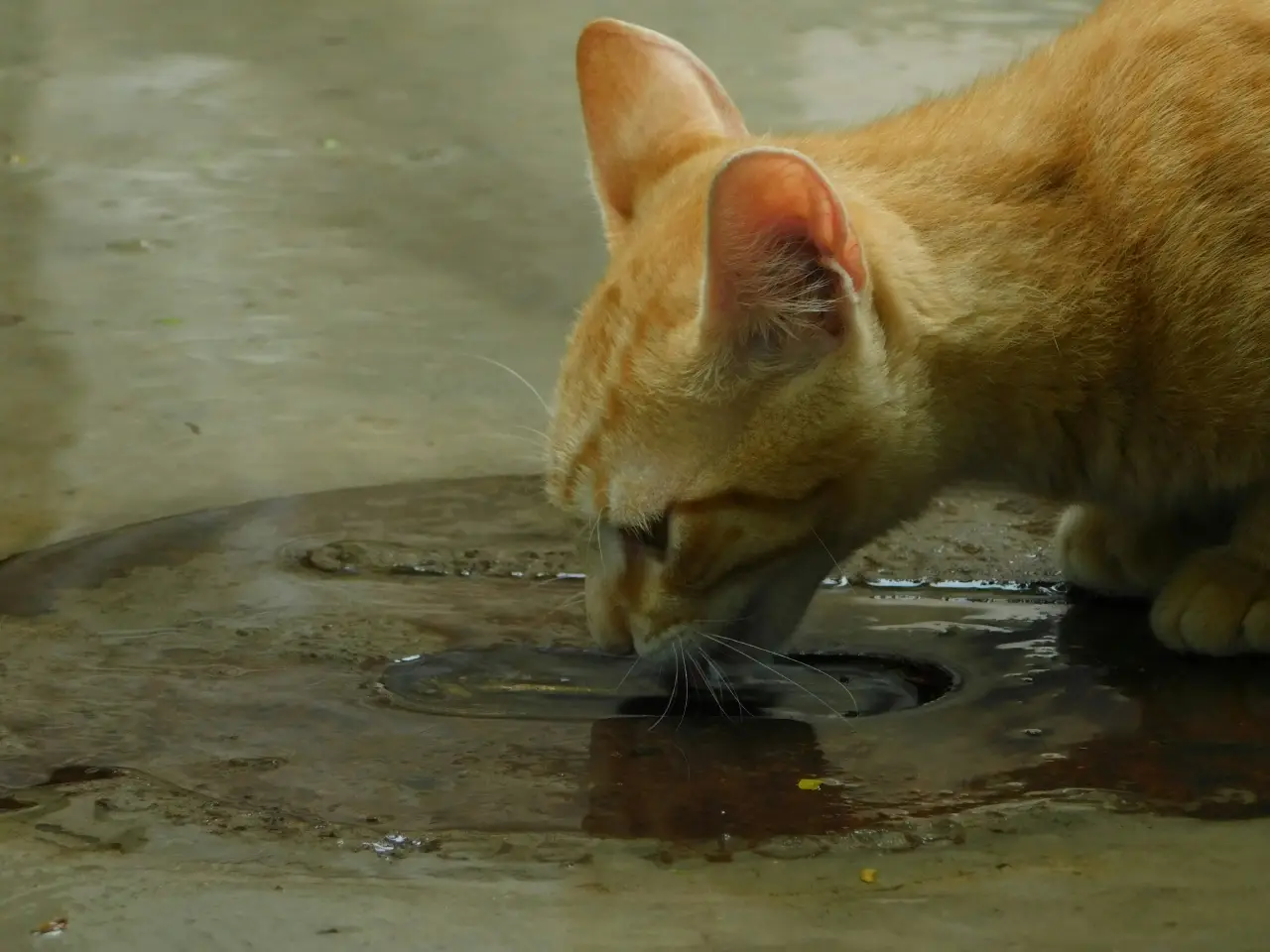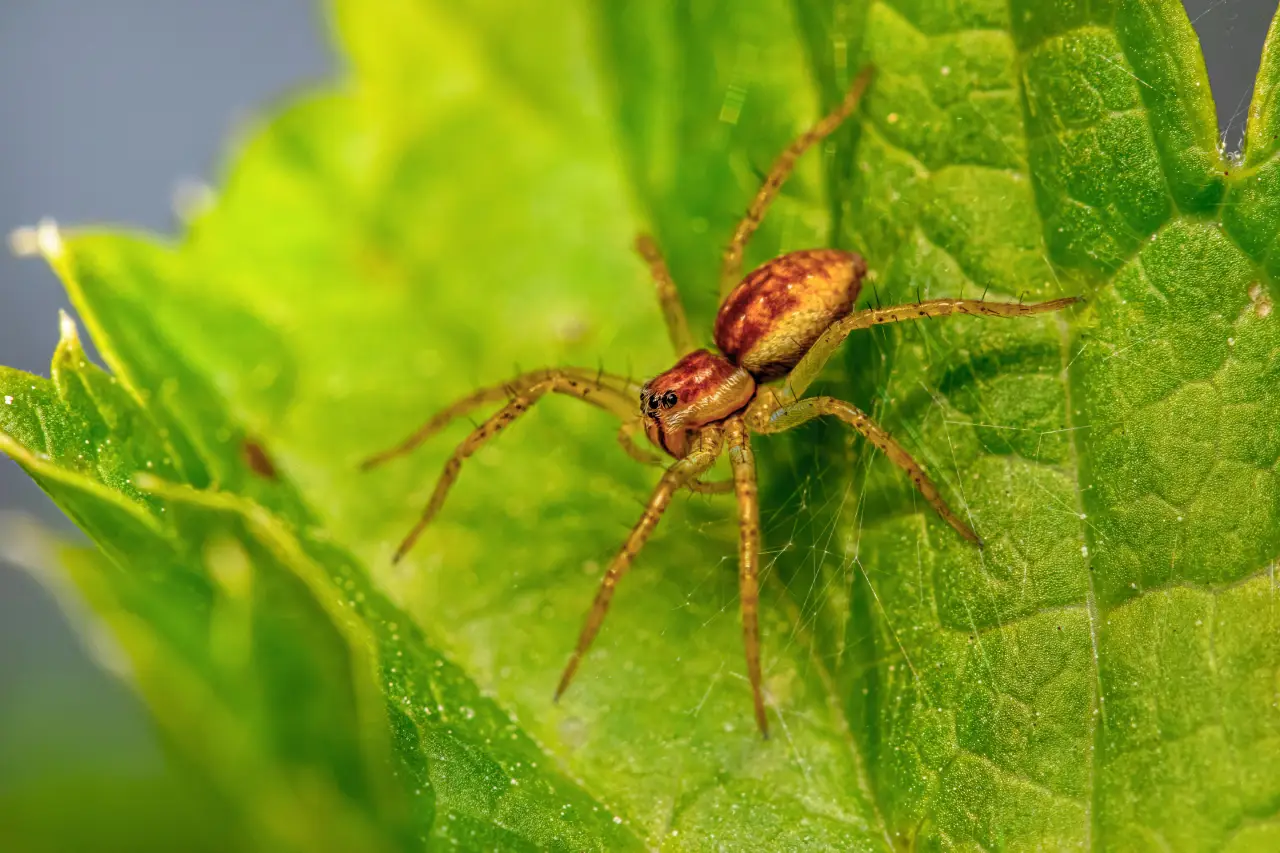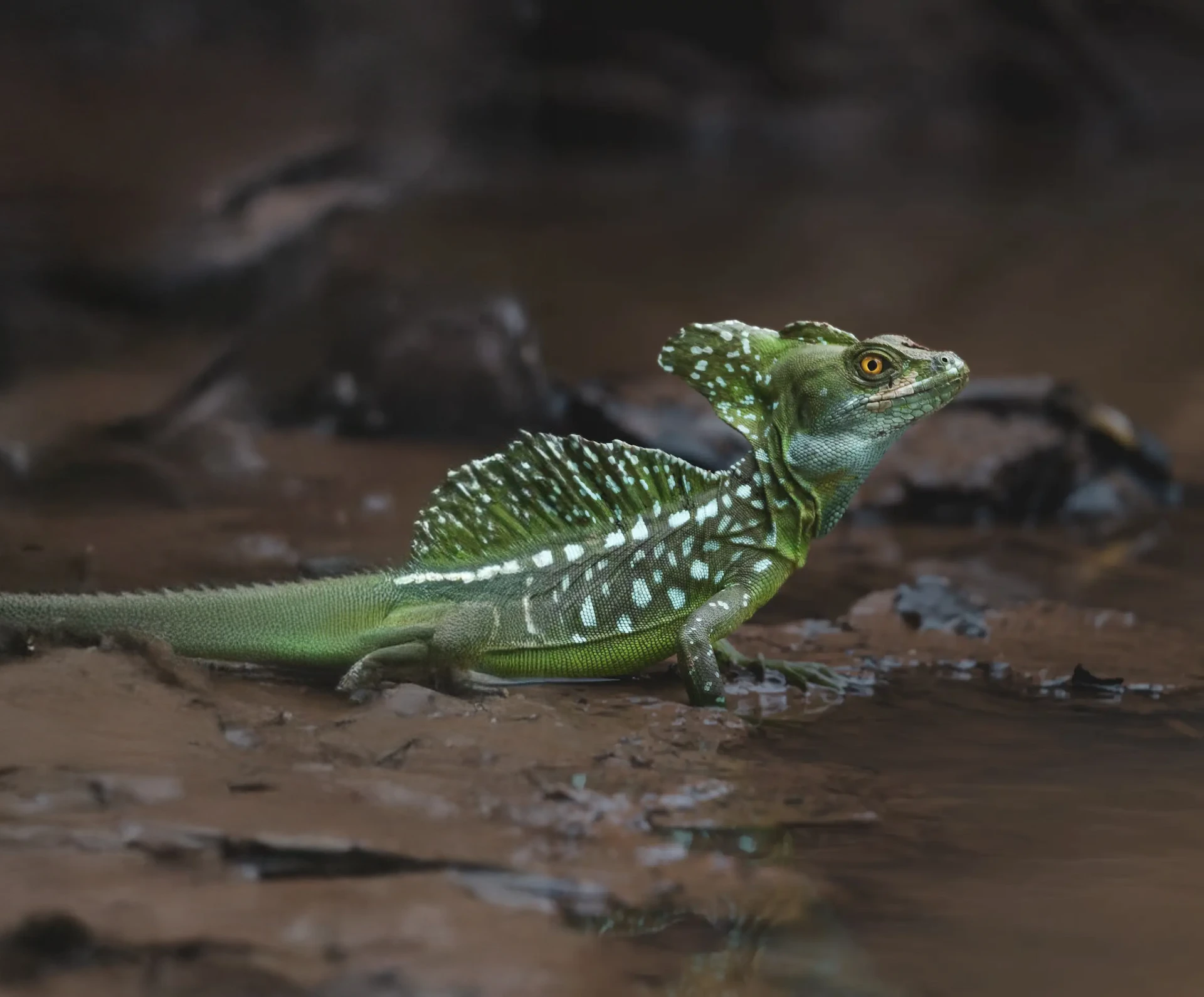Bacteria in the clouds help make rain!

Clouds are made of water droplets suspended in the air and are the source of all precipitation that falls to Earth. This includes rain, snow, hail, and sleet. For water to condense from vapor to liquid, it needs a nucleus or a small solid particle to cling to. As the temperature cools in the atmosphere, water vapor condenses around the particles and forms drops of water that eventually fall to the earth as precipitation.
Many aerosols, which are suspensions of extremely small solid particles or liquid droplets in air, act as the nuclei for these raindrops. Aerosols can include dust from a desert or volcano, pollen from plants, smoke from fires, or, as scientists have found, bacteria! Winds, strong updrafts, or dust clouds that follow tractors harvesting a field carry microbes from infected plants into the atmosphere.
Once in the clouds, the bacteria use other aerosol particles for food and energy. While the bacteria process these nutrients, they lower the temperature of the surrounding water vapor making waterdrops. Some of the bacteria can drop the temperature so low that snow forms. Some snow-making companies add bacteria to water to make artificial snow!
And don’t worry; scientists have studied the bacteria that help make rain and snow. They found that these bacteria are not toxic to humans. So feel free to dance in the rain and make snow angels backed by science!

